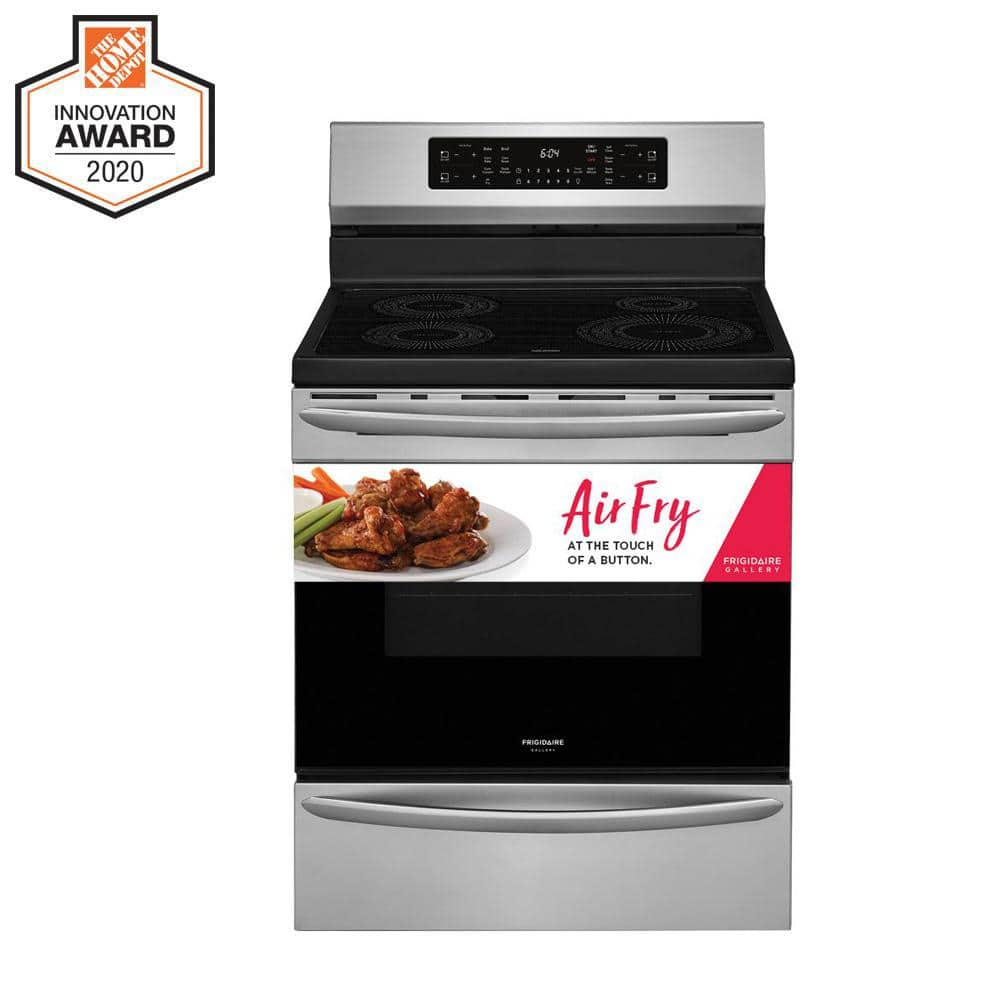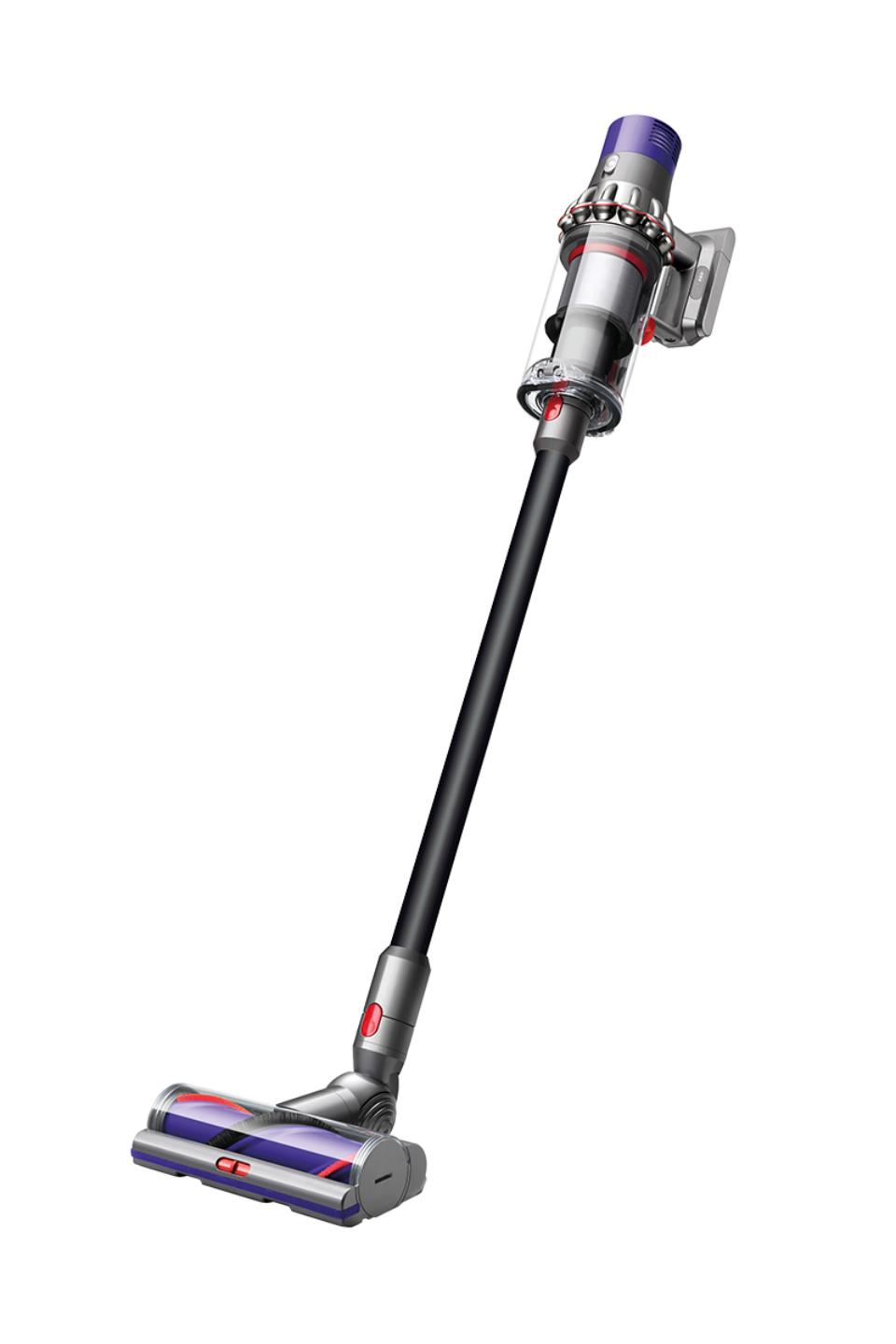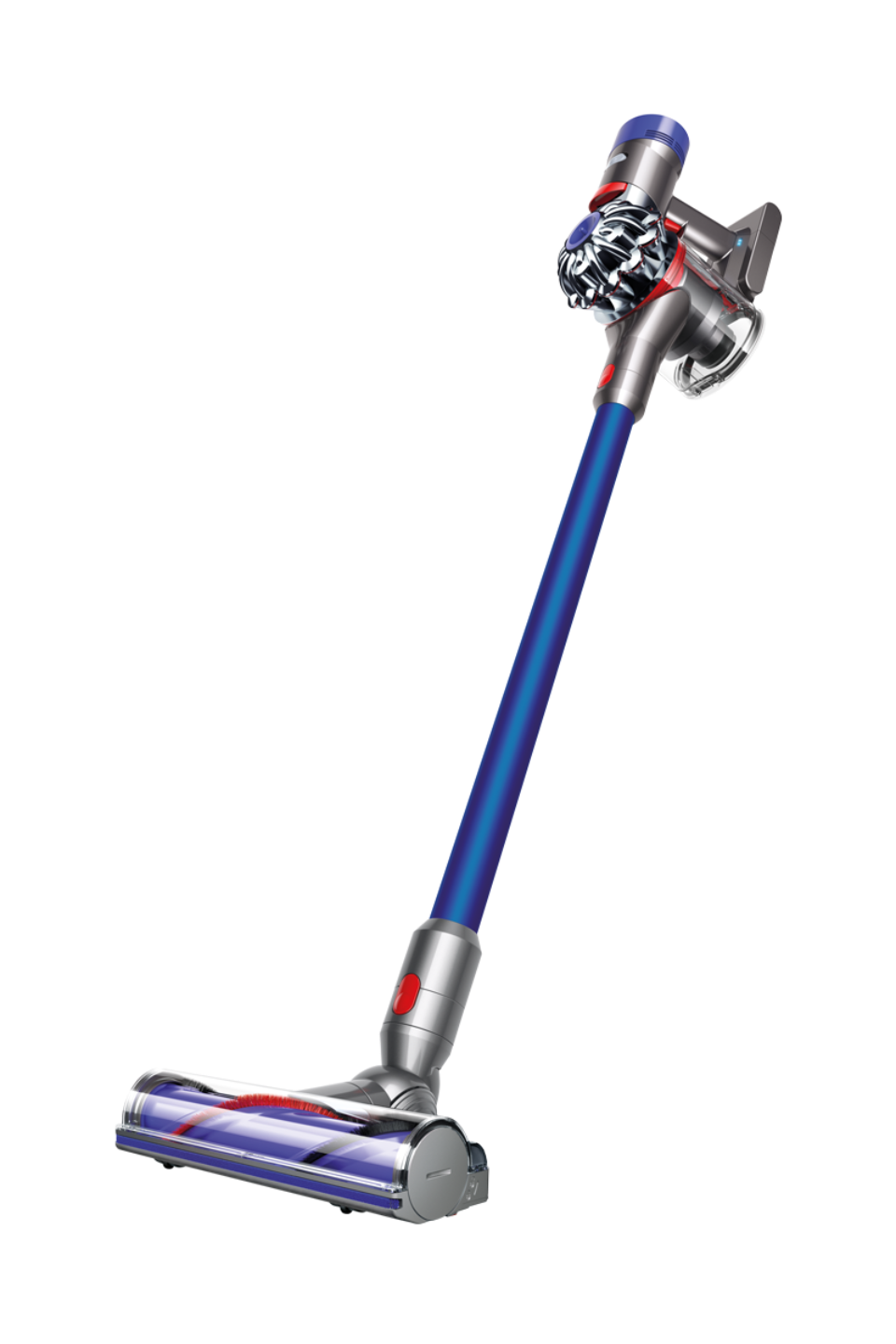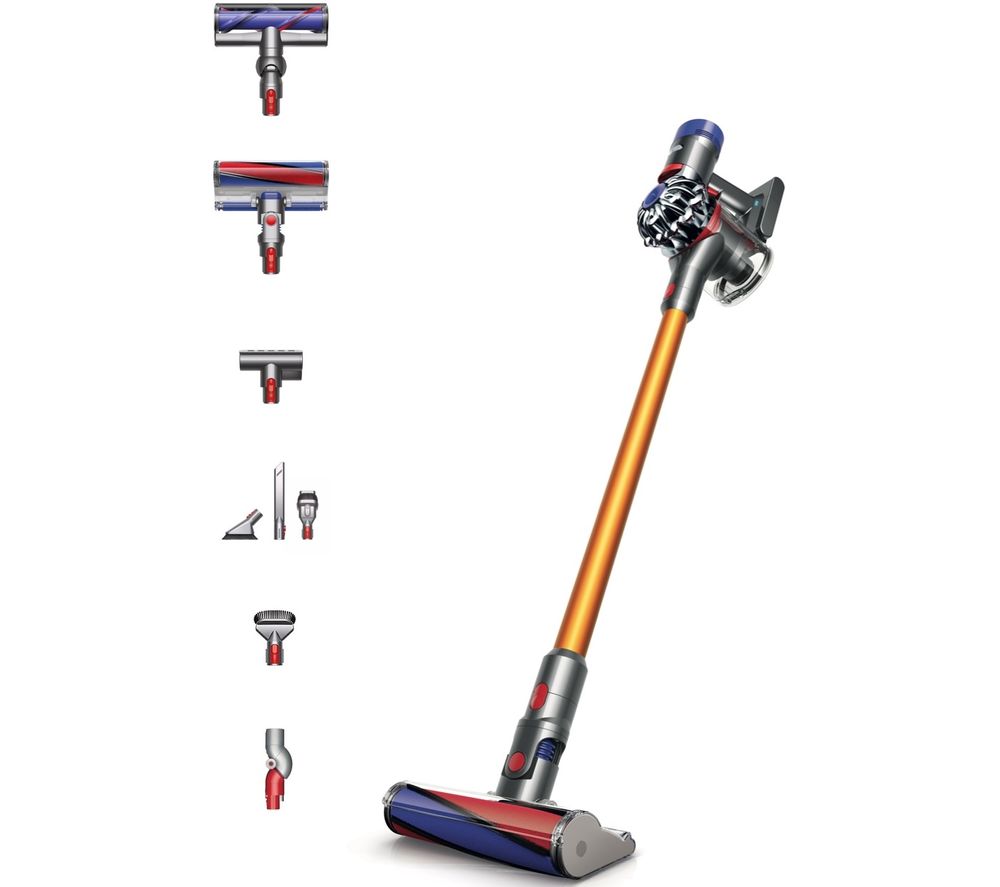FRIGIDAIRE GALLERY 30 in. 5.4 cu. ft. Induction Electric Range with Self-Cleaning Oven in Smudge-Proof Stainless Steel with Air Fry
With Air Fry, make healthier and delicious meals in your oven. Get faster, more even baking with True Convection. Spills don’t burn on induction, making cleanup easier.
The Frigidaire Gallery 30″ induction range with Air Fry deliver all of the flavor and none of the guilt. Air Fry allows you to make healthier and delicious meals for the entire family – right in your oven. True Convection gives you faster, more even baking results. Unlike traditional electric and gas cooktops, induction only heats the pan and the food in it, so the area around the pan stays cooler to the touch, allowing you to clean up spills and splatters while you cook.
- Air Fry allows you to make healthier and delicious meals for the entire family – right in your oven
- Get faster, more even multi-rack baking with a powerful convection fan and third heating element that evenly circulates hot air throughout the oven
- Unlike traditional electric and gas cooktops, Induction only heats the pan and the food in it, so the area around the pan stays cooler to the touch, allowing you to clean up spills and splatters while you cook
- Get amazingly fast heat with Induction that boils water 50% faster than a gas or electric cooktop
- A 30-minute light oven cleaning that’s chemical-free, odor-free, and fast
- Induction only heats pans and the food in them so the area around the pans stays cooler to the touch
- Your oven cleans itself – so you don’t have to. Self clean options available in 2, 3 and 4-hour cycles
- Sear steaks, crisp sandwiches, melt chocolate and simmer sauces with the precise temperature control and even heating of induction
- Automatically detects the size of your pan to only send heat to whatever small, medium or large pan you are using
- Smudge-Proof Stainless Steel resists fingerprints and cleans easily
- Designed, engineered and assembled in the U.S.A
Additional information
| Depth With Door(s) Open 90 Degrees (In.) | 48.625 |
|---|---|
| Element No.1 Size (In.) | 9 |
| Element No.2 Size (In.) | 7 |
| Element No.3 Size (In.) | 7 |
| Element No.4 Size (In.) | 5.5 |
| Oven Interior Depth x Height x Width (in) | 5.5 x 19.13 x 21 |
| Product Depth x Height x Width (in) | 28.41 x 47 x 29.88 |
| Range Size (Width) | 30 |
| Certifications and Listings | CSA Certified,UL Certified |
| Manufacturer Warranty | One Year Limited |






by Chris
We love it! It looks great and works so well!
by Charles
Never had an induction stove and this is wonderful it saves on our electric bill easy to use the kids can use it and air fryer is great for our health thank.
by James
I was worried about switching from gas. Induction is so fast, the range stays clean, but most surprisingly, there is noticeable improvement in air quality in the kitchen.
by Mandy
I replaced the halogen oven that came with my house 15 years ago. This induction stove is much better. I love it!
by Warts
I had a Samsung induction range before this one. I like this one better. The oven door on the Samsung was way too big, and I had to lean more toward the oven as I pulled out my hot food. This one is much better. The burners seem to heat faster on this Frigidaire, too. I prefer the cooktop, too. This one has markings on it that make it easier to look clean. The Samsung was all black, and dust and streaks were difficult to take care of. It has a few extra features, like the Air Fry oven feature and I am able to add minutes to the timer without stopping it and redoing it. It seems easier to clean the exterior, too. All in all, it is really great!
by Gibson
I think this is a really good range. It offers so much at this price. Convection, induction, air fry. It boils water so fast, amazing! I find controlling exact temperature very easy and precise. Auto pan sizing burners work great. It’s our first time using Induction cook surface. We love and recommend it. PS It’s so easy to clean and keep looking beautiful.
by Ryan
Enjoying my new experience learning Induction and Convection cooking. Love the way it heats fast and evenly. Best purchase we have made and looking forward to many years of use.
by Lane
oven and air fry work great. induction cook top just takes a little getting used to and we need some new pots and pans that are magnetic, but all in all very happy, and it looks great.